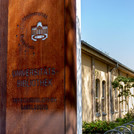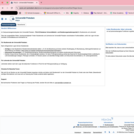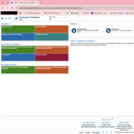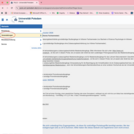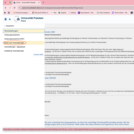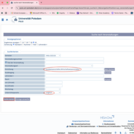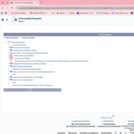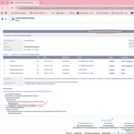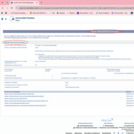Incoming studies from abroad
For the Faculty of Economics and Social Sciences, the number of international students and, above all, their qualitative subject support and socio-cultural integration are a reflection of its capabilities and its importance as a teaching and research institution. Therefore, on the one hand, we focus on the mobility of international students and the increase of incoming numbers - and therefore on a wide network of cooperative relationships (for example within the framework of Erasmus+), but on the other hand, above all, on the demanding supervision aspect.
If you are coming from abroad to complete your stay abroad at the University of Potsdam in the field of economics or social sciences, you will find a lot of information here. Please also check the FAQ and consult the tutors for international students of the faculty.
Campus Griebnitzsee
How to use PULS - for international program students
This video will offer international program students a brief overview on how to use PULS. PULS stands for Potsdamer Universitätslehr- und Studienorganisationsportal which roughly translates to the University of Potsdam’s portal for organizing teaching and studies.
Where can I find the number of ECTS credits of a course I would like to enroll in?
Generally, the number of ECTS credits of a course indicate how many ECTS credits are intended for each module in which the course is available (this is still the case if you only enroll in courses rather than modules). Each course is open to one or multiple modules that are compatible content-wise.
Generally, a course will be 6 ECTS credits on Bachelors’ level and 9 ECTS credits on Master’s level (Social Sciences 6 ECTS credits). You can find the full module catalog in PULS.
Here’s how to get an overview of the ECTS credits:
- Log into PULS
- Under the Course tab, go to “Finding a course“. Here you can also filter to only display courses taught in English, as well as filter courses of each department (For Economics and Social Sciences select the degree program under “Curricula”).
- Once you’ve found a particular course, you can see the Structure Tree with all modules the course is available in. Clicking on the book icon next to the module title will open up the module description. Here you can find the amount of ECTS credits granted. The indication of LP is identical to the number of ECTS credits. The indication of ECTS credits allows international students to orient themselves in regards to their Learning Agreement. The actual earned number of ECTS credits is given in accordance to each lecturer and will be stated on the course completion certificate which you will submit at the International Office by the end of the semester.






